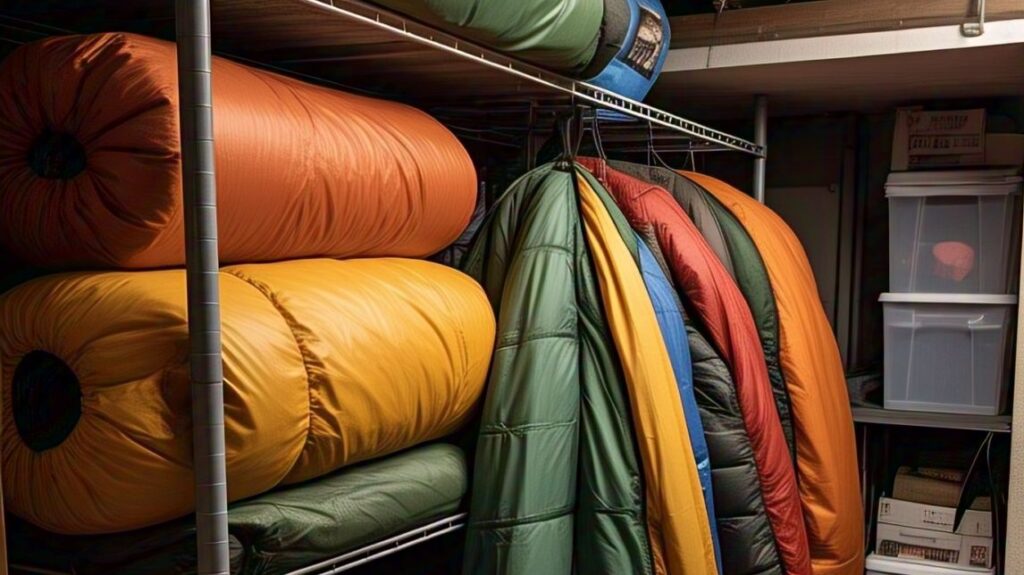I. Ready, set, clean!
Imagine gearing up for a night under the stars only to realize your sleeping bag carries a less-than-fresh aroma. You wouldn’t sleep in something that stinks, right?
Cleaning your sleeping bag properly and taking care of it can double its life span. In this guide, we’ll explore how to clean your sleeping bag. Here is a sneak peek to what we’ll cover.
The Sneak Peek
- Proper cleaning extends your sleeping bag’s lifespan.
- Follow manufacturer guidelines for care.
- Select the right washing method for your bag’s material.
- Ensure thorough drying to restore insulation.
- Store loosely to prevent fiber compression.
- Regular upkeep prevents odors and mildew.
II. Why Proper Cleaning Matters?
Proper cleaning is key to maintaining your sleeping bag’s performance and longevity. Regular cleaning preserves the insulation and helps prevent the buildup of odors, mold, and mildew.
This means that with proper care, your sleeping bag can last significantly longer.
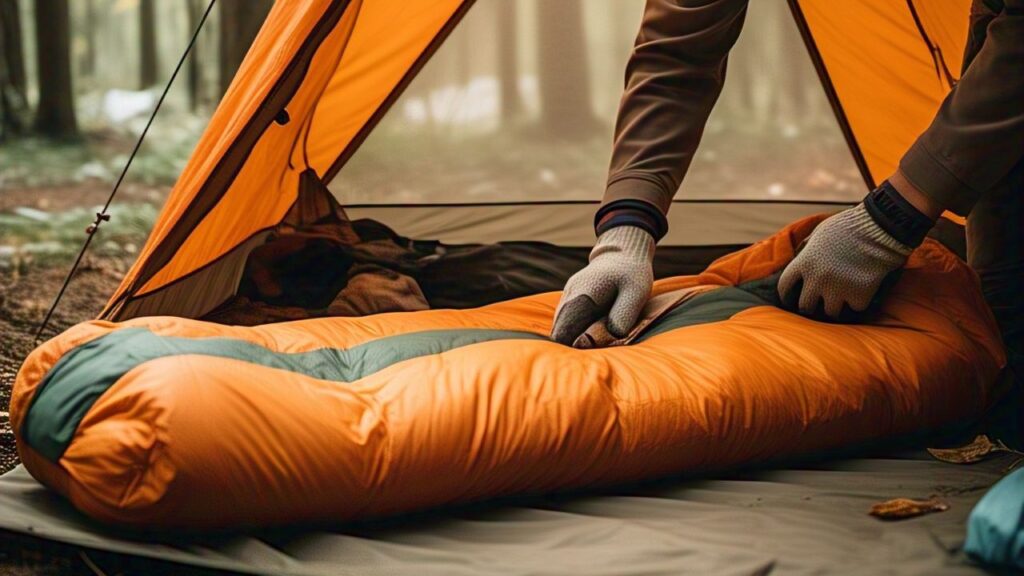
For example, anecdotal reports suggest that a well-maintained synthetic sleeping bag can serve you for up to 7 years, whereas neglect may reduce its lifespan to just 3 years.
Down bags show a similar pattern—up to 10 years with care versus about 5 years without it.
Different materials respond differently to cleaning routines. Whether your sleeping bag is synthetic, down, hybrid, or even wool, a little extra effort during cleaning can extend its life considerably.
Here’s a quick comparison:
Material | Cleaning Frequency | Estimated Lifespan with Proper Care | Estimated Lifespan without Proper Care |
|---|---|---|---|
Synthetic | Every season or after heavy use | Up to 7 years | Around 3 years |
Down | At least once a year or as needed | Up to 10 years | Around 5 years |
Hybrid | Depends on component; recommended every season | Up to 8 years | Around 4 years |
Wool | Spot cleaning or full cleaning every season | Up to 12 years | Around 6 years |
These figures highlight that taking a little time to clean your sleeping bag can lead to a significant increase in its service life.
Not only does proper cleaning keep your gear smelling fresh, it also protects your investment, ensuring many more comfortable nights under the stars.
III. When to Clean Your Sleeping Bag?
Determining when to clean your sleeping bag depends on a mix of how often you use it and the conditions you expose it to.
If you camp frequently, plan on cleaning it every season. For those who venture out less often, an annual cleaning may be enough.

Environmental factors also play a role. If you camp in wet, muddy, or humid areas, your bag is likely to pick up dirt and moisture faster.
In these cases, cleaning more often can prevent mold, mildew, and unpleasant odors.
Keep an eye out for visible stains or persistent smells. These signs mean your sleeping bag needs a wash, regardless of the time since its last cleaning.

Small stains should be addressed quickly to avoid permanent marks or damage.
The nuances of cleaning frequency can also depend on the bag’s material.
For instance, synthetic bags often handle frequent cleaning well, while down bags might require a gentler approach to preserve their insulation quality.
Balancing usage, environmental exposure, and material care ensures that your sleeping bag remains in top shape for every adventure.
IV. Pre-Cleaning Preparations
Before you start cleaning your sleeping bag, make sure to make some preparations as well as collect the cleaning supplies needed.
Manufacturer’s Guidelines
Always start by checking the care label on your sleeping bag.
Manufacturers provide specific cleaning instructions that account for the materials used.

Ignoring these guidelines can lead to damage that may compromise insulation or durability.
Assessment & Supplies
Before cleaning, inspect your sleeping bag for any stains, tears, or areas that need extra care. This helps you determine if additional repairs or spot treatments are necessary.
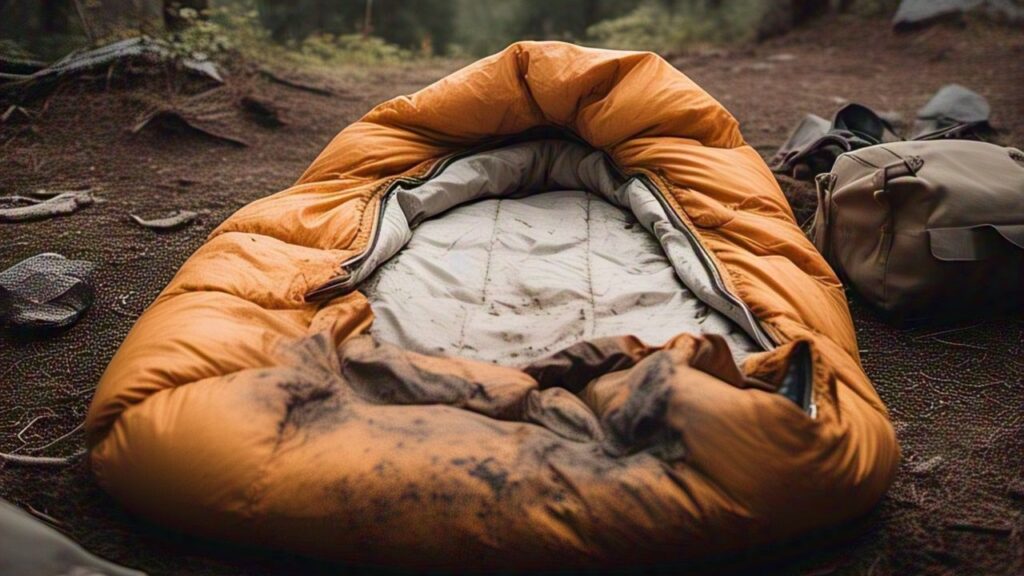
Gather all supplies in advance to streamline the cleaning process. Recommended supplies include:
Image | Cleaning Supply |
|---|---|
 | Mild detergent or specialized sleeping bag wash |
 | Soft-bristle brush or sponge |
 | Bathtub or large basin |
 | Clean water for rinsing |
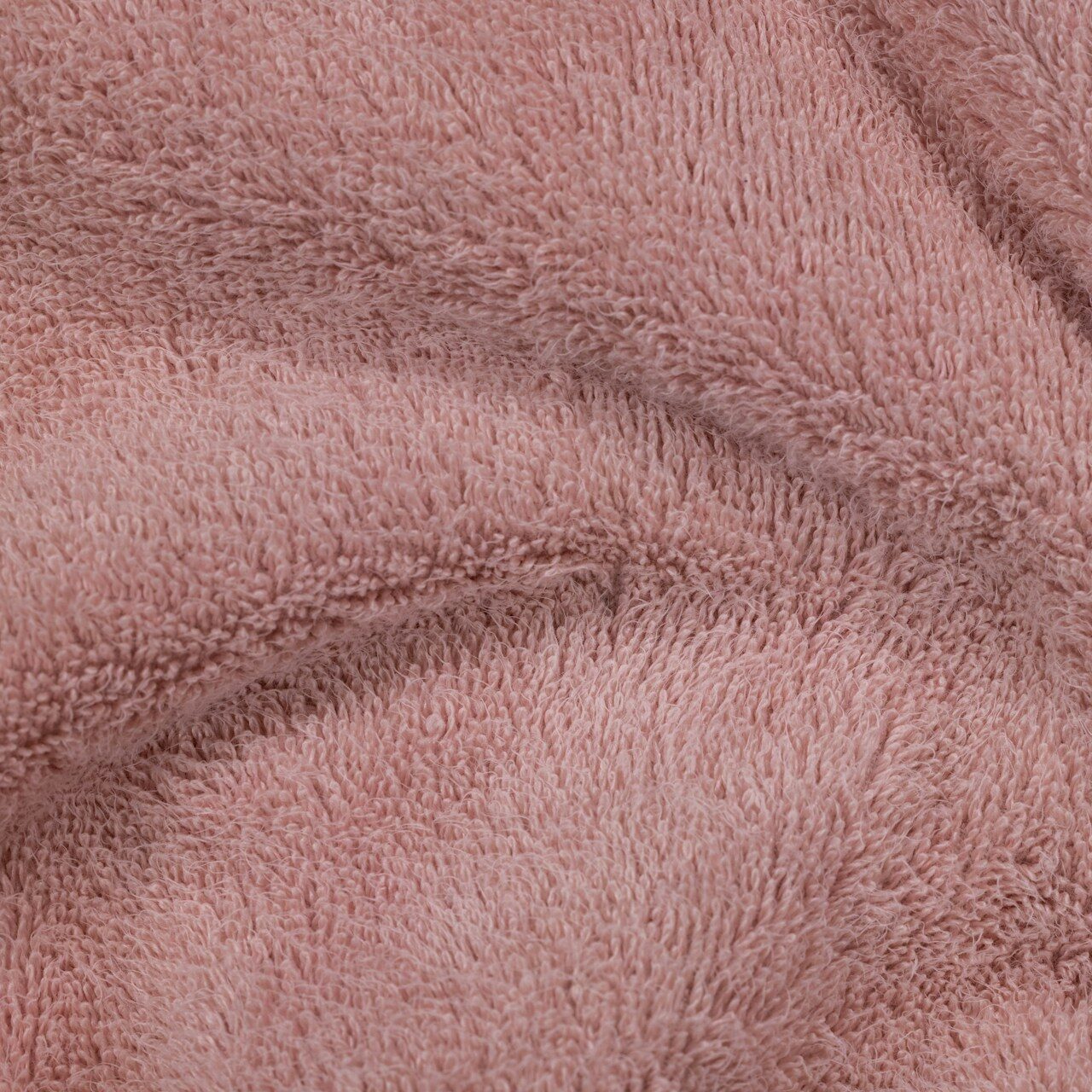 | Towel for blotting excess water |
Common Pitfalls
Before you start, it’s important to be aware of common mistakes. The table below summarizes key do’s and don’ts to ensure your sleeping bag is cleaned safely and effectively.
Do’s | Don’ts |
|---|---|
✓ Follow the manufacturer’s instructions. | ✗ Use harsh detergents or bleach. |
✓ Spot test a small area first. | ✗ Overload the washing machine. |
✓ Use gentle cycles and cold water. | ✗ Tumble dry on high heat without care. |
By preparing correctly, you set the stage for a successful cleaning that maintains your sleeping bag’s quality and extends its life.
V. Cleaning Methods
Selecting which method to use when cleaning your sleeping bag, or anything for that matter, is crucial of it’s longevity. Here is everything explained regarding that.
Machine Washing
Machine washing is a quick and effective method when done correctly.
1. Steps & Settings
Follow these steps to safely wash your sleeping bag in a machine:

- Use a front-loading machine if available to minimize damage from agitators.
- Select a gentle or delicate cycle with cold water.
- Add a small amount of detergent specifically made for sleeping bags.
- Opt for an extra rinse cycle to ensure all detergent residue is removed.
2. Material Consideration
Different sleeping bag materials require distinct approaches during machine washing:
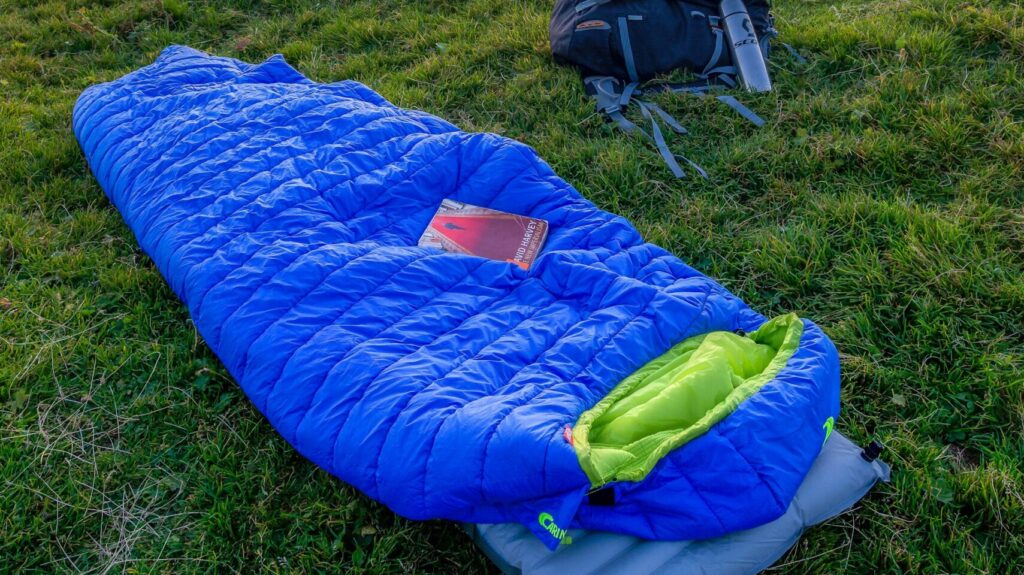
- Down Bags:
- Use a detergent formulated for down to maintain loft.
- Keep wash cycles gentle and avoid high temperatures to prevent clumping.
- Synthetic Bags:
- Regular mild detergents work well, but still use a gentle cycle to protect the fabric.
- Synthetic insulation tolerates a bit more agitation, though care is still advised.
3. Safety Tips
Protecting your sleeping bag and your washing machine is key. Here are some safety tips:
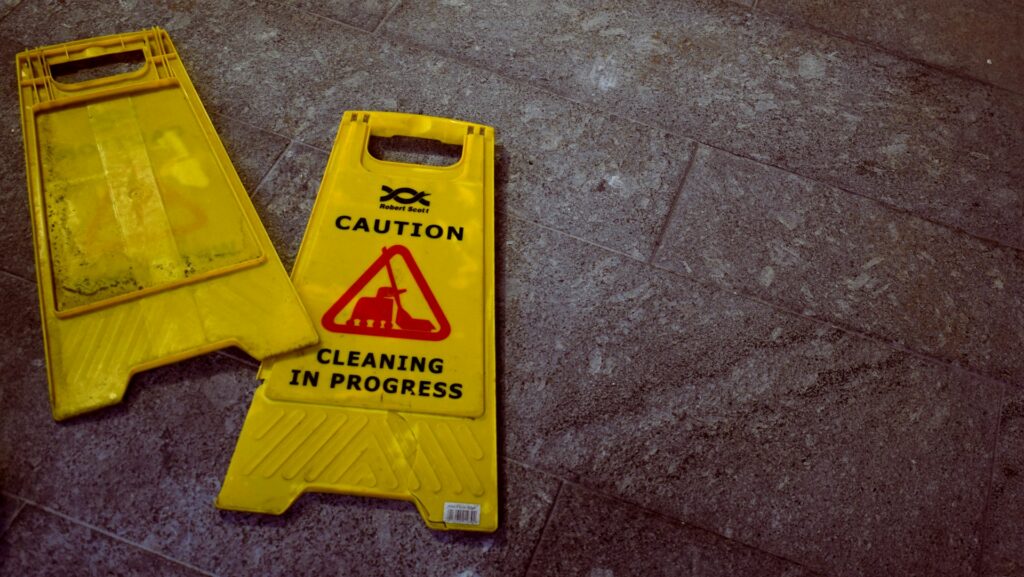
- Secure zippers and fasten Velcro straps to prevent snagging.
- Do not overload the machine; give your bag enough room to move freely.
- Avoid high spin speeds that can distort the bag’s shape or damage the insulation.
Hand Washing
Hand washing offers a gentle cleaning option for delicate sleeping bags.
1. Step-by-Step Process
Use these steps to ensure a thorough, careful clean:

- Fill a large basin or bathtub with cold water and add a small amount of specialized detergent.
- Submerge the sleeping bag and gently agitate it, focusing on soiled areas.
- Let the bag soak for 15-20 minutes, then gently rub any stubborn stains.
- Drain the soapy water and rinse the bag with clean water until all detergent is removed.
- Press out excess water without wringing, then lay flat to air dry.
2. When to Choose Hand Washing?
Hand washing is ideal for sleeping bags that are particularly delicate or have intricate designs that may be damaged in a machine.
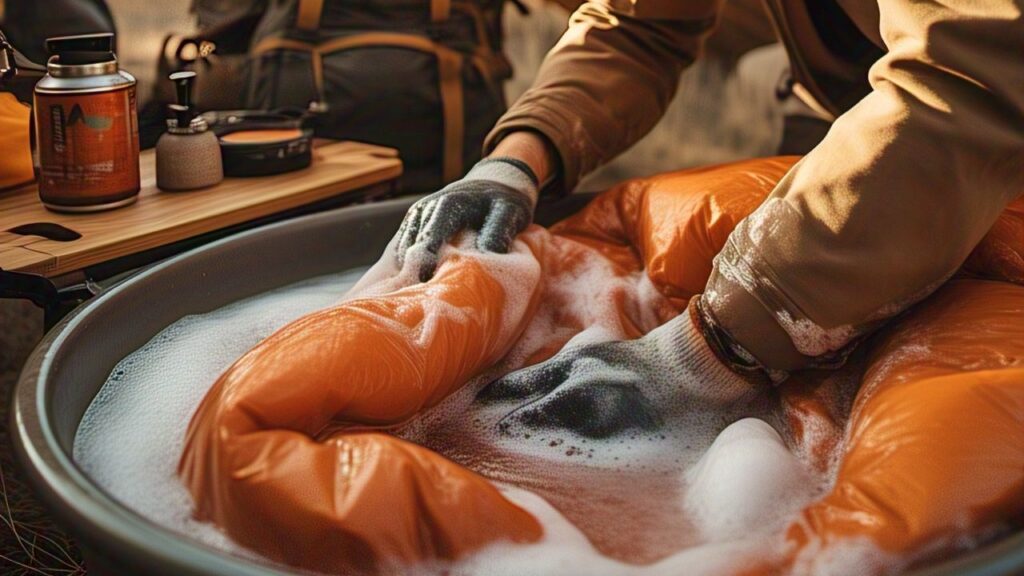
If your bag has been lightly soiled or you notice signs of wear that require extra care, hand washing minimizes stress on the materials.
Additionally, for vintage or high-end sleeping bags, hand washing provides the gentle treatment needed to preserve their longevity and insulation quality.
Here is an instruction tool to help you decide how to to clean your sleeping bag:
Washing Instruction Tool
VI. Drying & Restoring Loft
If you have cleaned your sleeping bag, congrats, but you are not done yet.
Air Drying vs. Tumble Drying
After cleaning your sleeping bag, proper drying is crucial to avoid mildew and preserve insulation. Here’s how air drying and tumble drying compare in a user-friendly way:
1. Air Drying:

- Pros:
- Gentle on the fabric and insulation.
- No risk of high heat damage.
- Cons:
- Takes longer to dry.
- Requires a well-ventilated space or sunny area.
2. Tumble Drying:

- Pros:
- Faster drying time.
- Helps restore loft when used with low heat settings.
- Cons:
- Risk of overheating if not on a gentle cycle.
- Not suitable for all materials without careful settings.
In simple terms, air drying is best if you’re not in a rush and want to be extra cautious, while tumble drying (on a low heat, gentle cycle) can be a good option when you need your bag dry quickly and want to boost its loft.
Loft Maintenance
Restoring your sleeping bag’s loft is important for ensuring it retains its insulation properties.
Once dry, gently fluff your sleeping bag by shaking it or patting it down.

For tumble drying, add a couple of clean tennis balls or dryer balls on a low heat setting to help break up clumps and revitalize the insulation.
Maintaining loft not only improves comfort but also extends the overall life of your gear by preventing moisture and mildew build-up.
VII. Post-Cleaning Care & Storage
After your sleeping bag is clean and dry, proper storage is key to keeping it in peak condition.
Rather than stuffing it back into its compression sack, which can damage the insulation over time, store your bag loosely. Ideally, hang it in a cool, dry place with good air circulation.
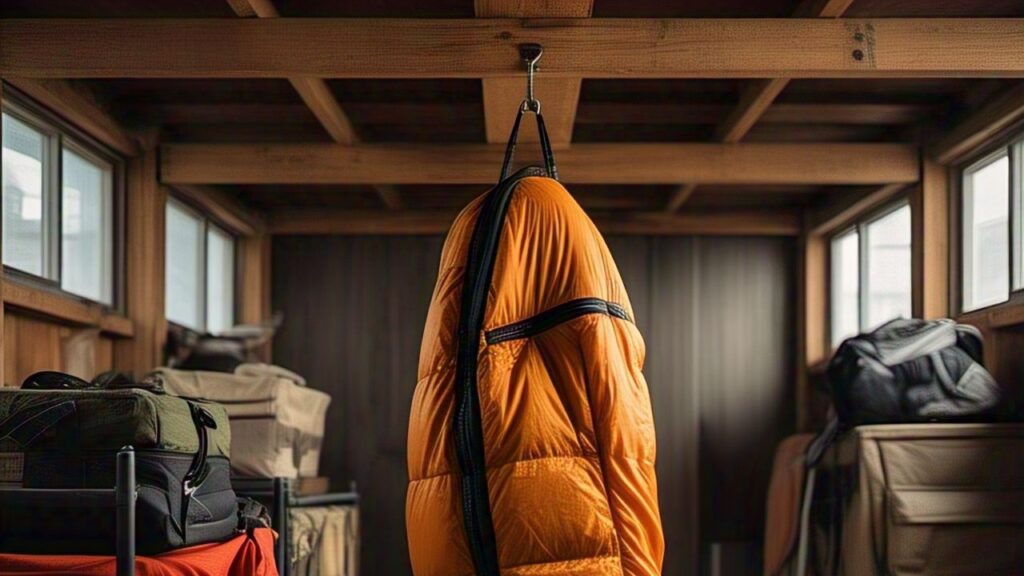
This method prevents the fibers from being compressed, which helps maintain the loft and overall structure.
If hanging isn’t an option, choose a large storage sack that offers minimal compression.
Maintenance Tips:
- Regular Airing: Occasionally open the storage bag to allow fresh air in and prevent moisture buildup.
- Avoid Compression: Do not store your sleeping bag in a tightly packed compression sack for long periods.
- Keep Away from Direct Sunlight: Prolonged exposure to sunlight can degrade fabrics and insulation.
- Clean Before Storage: Always ensure the bag is completely dry before storing to prevent mold and mildew.
- Frequent Inspections: Periodically check for any signs of wear or moisture, and address them promptly.
VIII. Troubleshooting Common Issues
Even with proper care, you might encounter some issues with your sleeping bag over time.
One frequent problem is odor retention. Sometimes, even after washing, a persistent smell can linger.

This may be due to detergent build-up or insufficient drying.
To address this, ensure you use the correct amount of detergent and allow ample drying time in a well-ventilated space.
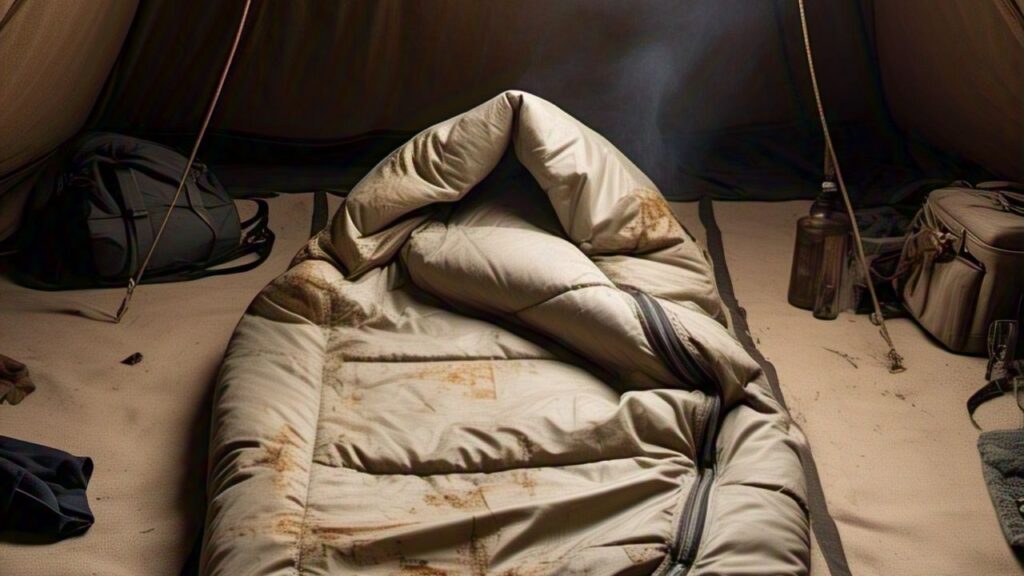
Another common issue is the loss of loft, which can significantly reduce insulation effectiveness.
This is often caused by improper drying or over-compression during storage.
To restore loft, gently shake or fluff your sleeping bag after drying, and consider using tennis or dryer balls during a low-heat tumble dry if your bag’s care instructions permit.

Stubborn stains and water spots can also be challenging. These usually require spot treatment before a full wash.
Avoid aggressive scrubbing, which might damage the fabric or insulation. Instead, treat problem areas with a soft brush and mild detergent, then rinse thoroughly.
Additional factors to keep in mind include:
- Detergent Residue: Ensure you rinse the bag completely to remove any lingering soap, as residue can trap moisture and lead to mildew.
- Overloading the Washer: Crowding your sleeping bag in the machine can prevent proper cleaning and rinsing, leading to both odor and diminished loft.
- Inadequate Drying: Leaving your bag damp for too long creates an ideal environment for mold and mildew. Always ensure your sleeping bag is fully dry before storage.
Conclusion
In summary, proper sleeping bag care extends its lifespan, maintains insulation, and prevents odors, mold, and mildew.

Following manufacturer guidelines, choosing the right cleaning method, and ensuring thorough drying and careful storage keeps your gear performing at its best.
Reflect on your current maintenance routine and consider making these steps a regular part of your outdoor preparation to enjoy consistently comfortable nights under the stars.
You Might Also Like
Car Camping? These 5 Sleeping Bags Rock!
Top 4 Sleeping Bags for Plus Size Campers: Complete Guide!
Best Value Sleeping Bags 2025: 5 Out of 331 From Amazon!
Frequently Asked Questions (FAQs)
How to clean a smelly sleeping bag?
To remove unpleasant odors, start by ensuring your bag is completely dry and aired out.
For persistent smells, machine or hand wash it using a mild detergent formulated for sleeping bags.
An extra rinse cycle can help remove detergent residue that may trap odors. Adding a cup of white vinegar during the rinse cycle can also help neutralize lingering smells.
How do you clean pee out of a sleeping bag?
Prompt action is key when addressing urine stains. Gently blot the area with a damp cloth to remove excess moisture.
Then, pre-treat the spot using a mixture of cold water and a small amount of mild detergent or white vinegar. Allow the solution to sit for a few minutes before rinsing thoroughly.
For down bags, be extra gentle to preserve the loft, and consider spot cleaning rather than a full wash if the rest of the bag is clean.
How do you clean a bag without washing it?
If your sleeping bag isn’t deeply soiled, you can refresh it without a full wash. Start by airing it out in a dry, well-ventilated area to dissipate odors.
For minor stains or spots, use a damp cloth with a little mild detergent to gently spot-clean.
This approach is ideal for routine maintenance, but for more significant dirt or odor buildup, a proper wash is usually necessary.
When should I stop using sleep bags?
It’s time to retire a sleeping bag when it no longer maintains its insulation or comfort due to loss of loft, significant fabric damage, or persistent, unremovable odors.
Additionally, if repairs become frequent or if the bag shows signs of deterioration that affect its functionality—like water seepage or compromised seams—it’s a good indicator that it’s time for an upgrade.
How many times can you wash a sleeping bag?
The number of washes largely depends on the material and how carefully it’s handled during cleaning.
Synthetic sleeping bags are generally more durable and can often withstand many washes—sometimes upwards of 20 washes—if gentle cycles and proper detergents are used.
Down bags require a more cautious approach; excessive washing or improper care can degrade their insulation over time.
sAlways refer to the manufacturer’s guidelines for the best practices and recommended cleaning frequency to maximize your sleeping bag’s lifespan.


